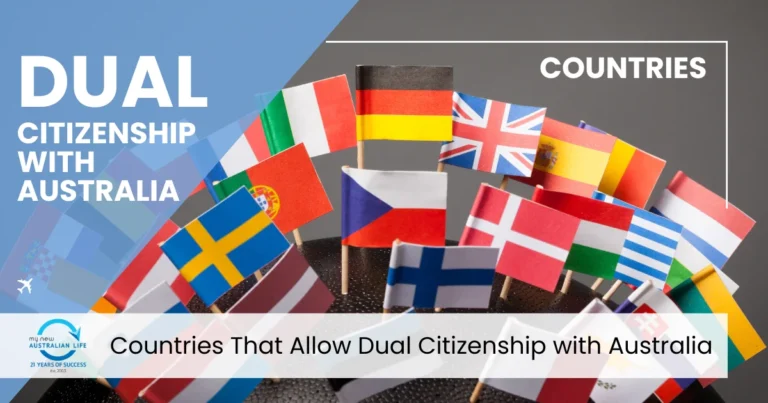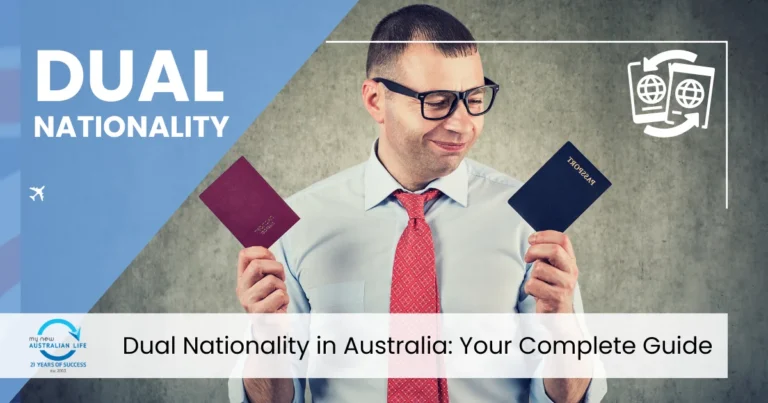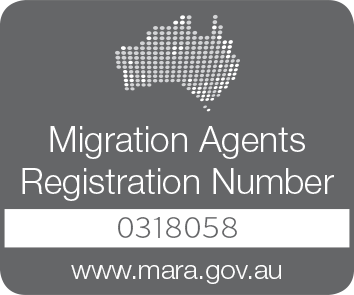Many international students who study in Australia wish to continue living and working there permanently. Fortunately, Australia offers several pathways for students to obtain Permanent Residency (PR) after completing their studies. This guide outlines the key steps and visa options available to international graduates seeking PR in Australia.
Step 1: Complete an Eligible Course in Australia
To qualify for PR, you must first complete a course that meets Australian study requirements. Eligible courses should:
- Be at least two years in duration
- Be registered under CRICOS (Commonwealth Register of Institutions and Courses for Overseas Students)
- Lead to an occupation on the Skilled Occupation List (SOL)
Courses in demand, such as nursing, IT, engineering, accounting, and trades, improve your chances of obtaining PR.
Step 2: Apply for a Temporary Graduate Visa (Subclass 485)
After graduation, most students apply for the Temporary Graduate Visa (Subclass 485), which allows them to stay in Australia temporarily and gain work experience. This visa has two streams:
- Graduate Work Stream: For graduates with skills related to an occupation on the Skilled Occupation List (SOL). Valid for up to 18 months.
- Post-Study Work Stream: For students who completed a higher education degree (Bachelor’s, Master’s, or PhD). Valid for 2 to 4 years, depending on qualification level.
Gaining relevant Australian work experience during this period significantly enhances PR eligibility.
People also read: Student Dependent Visa Checklist for 2025 (Spouses and Children)
Step 3: Choose a PR Pathway
1. General Skilled Migration (GSM) Pathway
This is the most common pathway to PR for students without employer sponsorship. It includes:
- Skilled Independent Visa (Subclass 189) – Does not require employer or state sponsorship.
- Skilled Nominated Visa (Subclass 190) – Requires nomination by an Australian state or territory.
- Skilled Work Regional (Provisional) Visa (Subclass 491) – Requires nomination by a regional area and leads to PR after three years.
To qualify, candidates must submit an Expression of Interest (EOI) through the SkillSelect system, meet the points requirement, and be invited to apply.
People also read: Skilled Migration Visa (Subclass 189, 190, 491)
2. Employer-Sponsored Visas
Graduates with a job offer from an Australian employer may qualify for PR through employer sponsorship. The key options include:
- Employer Nomination Scheme (Subclass 186) – Permanent visa for skilled workers sponsored by an employer.
- Temporary Skill Shortage Visa (Subclass 482) – Leads to PR through the Employer Nomination Scheme (Subclass 186) after working for the employer for a set period.
3. State and Territory Nominated Visas
Each Australian state has its own list of occupations in demand. If your occupation is on the list, you may receive a nomination from a state or territory, improving your chances of getting PR.
Step 4: Meet PR Points Requirements
Australia uses a points-based system for skilled migration. Points are awarded based on:
| Criteria | Maximum Points |
|---|---|
| Age (25-32 years) | 30 |
| English proficiency (Superior) | 20 |
| Australian work experience (5+ years) | 20 |
| Overseas work experience (8+ years) | 15 |
| Educational qualification (PhD) | 20 |
| Australian study (2+ years) | 5 |
| State nomination (Subclass 190) | 5 |
| Regional nomination (Subclass 491) | 15 |
A minimum of 65 points is required, but higher points increase PR chances.
Step 5: Submit an Expression of Interest (EOI) via SkillSelect
Once you have met eligibility requirements and accumulated enough points, submit an EOI through SkillSelect. Based on your points and occupation demand, you may receive an Invitation to Apply (ITA) for PR.
People also read: Steps to Prepare for SkillSelect EOI
Step 6: Apply for Permanent Residency
Upon receiving an invitation, apply for the selected PR visa within the given timeframe. Provide all necessary documents, including:
- Passport and identification documents
- Academic transcripts and degree certificates
- English proficiency test results
- Work experience proof (if applicable)
- Medical and police clearance
Processing times vary based on the visa category, applicant’s circumstances, and government priorities.
People also read: Understanding Australian Skilled Migration Visas: Subclass 189, 190, and 491
PR Pathways Based on Specific Professions
PR Pathway for Engineering Graduates
Engineering graduates in Australia have a high chance of obtaining PR due to high demand in various engineering fields. Options include:
- Subclass 189 for independent skilled migration.
- Subclass 190 for state nomination (if their field is in demand in a specific state).
- Subclass 482 leading to Subclass 186 via employer sponsorship.
PR Pathway for IT Professionals
IT professionals are also in high demand in Australia. The top PR pathways for IT graduates include:
- Subclass 189 – Independent skilled migration.
- Subclass 190 – If the occupation is listed in a specific state.
- Subclass 491 – If committed to working in regional areas.
- Employer-sponsored visas such as Subclass 186.
PR Pathway for Nursing and Healthcare Graduates
Nurses and healthcare professionals have excellent PR prospects due to Australia’s demand for medical workers. The best PR visa options include:
- Subclass 189 – Independent skilled migration for registered nurses.
- Subclass 190 – If nominated by a state with a healthcare shortage.
- Subclass 491 – If willing to work in regional healthcare facilities.
- Subclass 186 – Employer-sponsored PR for nurses employed in hospitals.
Additional Tips to Improve PR Chances
- Study a course in demand (Check the Skilled Occupation List).
- Gain relevant work experience in Australia.
- Improve English language skills to gain more points.
- Apply for state/territory nomination to increase PR chances.
- Network with potential employers for sponsorship opportunities.
Common Mistakes to Avoid When Applying for PR
- Not checking the latest Skilled Occupation List – Always ensure your course leads to an in-demand occupation.
- Underestimating the importance of English proficiency – Higher IELTS/PTE scores significantly boost points.
- Not submitting accurate documentation – Missing documents can delay or reject your application.
- Not gaining Australian work experience – Work experience in Australia increases employability and PR chances.
- Waiting too long to apply for a PR pathway – Processing times can be lengthy; apply as soon as eligible.
Alternative Pathways to PR
If you do not qualify through the GSM or employer-sponsored pathways, consider these alternatives:
- Partner Visa (Subclass 820/801) – If your partner is an Australian citizen or PR holder.
- Business or Investor Visas (Subclass 188/888) – If you meet the investment requirements.
- Global Talent Visa (Subclass 858) – For individuals with exceptional talent in specific industries.
- Distinguished Talent Visa (Subclass 124) – For those with globally recognized achievements.
With careful planning, strategic course selection, and a proactive approach, international graduates can successfully transition from student status to permanent residency in Australia.






